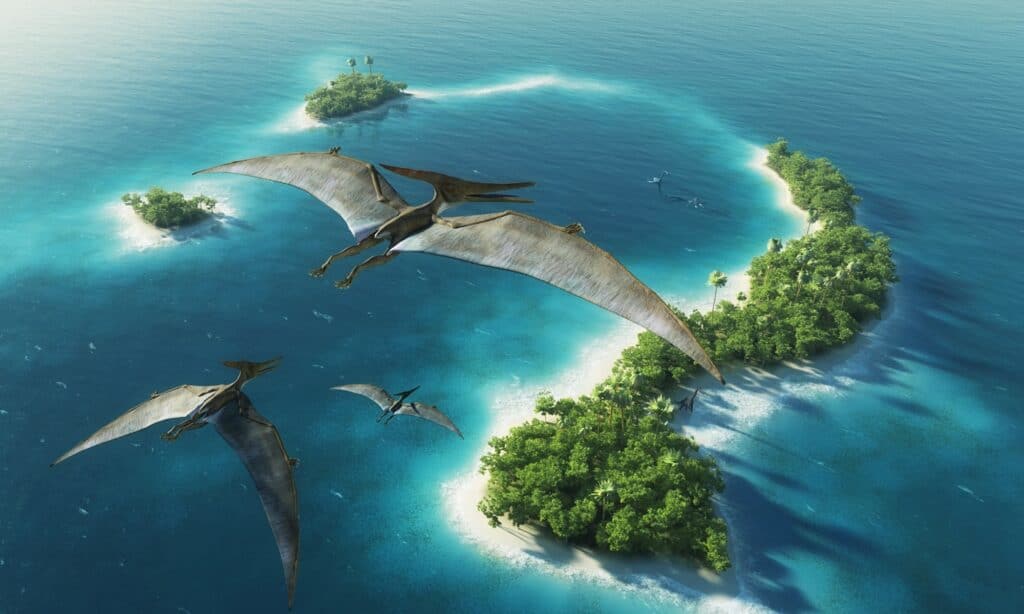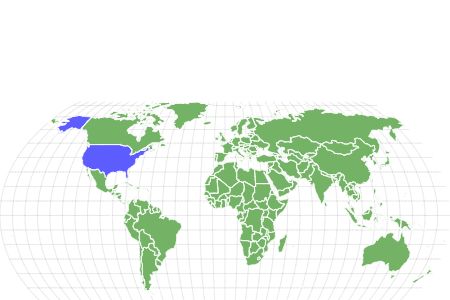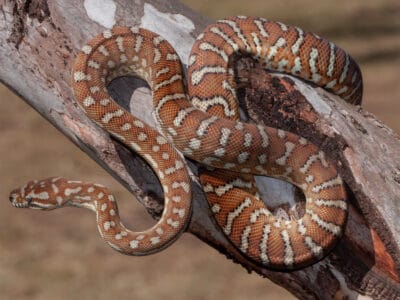Pteranodon
.jumbotron {
background-image: url(“https://a-z-animals.com/media/2022/06/Pteranodon-header-400×300.jpg”);
}
}
@media only screen and (min-width: 641px) and (max-width: 920px) {
.jumbotron {
background-image: url(“https://a-z-animals.com/media/2022/06/Pteranodon-header-470×370.jpg”);
}
}
@media only screen and (min-width: 921px) {
.jumbotron {
background-image: url(“https://a-z-animals.com/media/2022/06/Pteranodon-header.jpg”);
}
}
Pteranodon
Pteranodon Scientific Classification
Read our Complete Guide to Classification of Animals.
Pteranodon Conservation Status
Pteranodon Facts
- Diet
- Carnivore
Pteranodon Physical Characteristics
This post may contain affiliate links to our partners like Chewy, Amazon, and others. Purchasing through these helps us further the A-Z Animals mission to educate about the world’s species..

Spiders that fly! Fish that walk! And 1000+ more incredible animals. Discover them all for FREE
.photo-gallery {
–margin: 0px auto 0px;
–padding: 0px 0px 0px 0px;
}
.gallery-link {
background-image: url(“https://a-z-animals.com/media/2022/06/Pteranodon-header-1024×614.jpg”);
background-repeat: no-repeat;
background-size: cover;
background-position: center;
height: 500px;
justify-content: center;
text-align: center;
align-items: center;
display: flex;
border: 2px solid #000;
}
.gallery-link img {
height: 50%;
}
@media only screen and (max-width: 768px) {
.gallery-link {
height: 300px !important;
}
}
View all of the Pteranodon images!
Flying dinosaurs are some of the most fun to learn about. The popular Pteranodon is one of the best examples of these giant winged ancient animals.
Pteranodon longiceps was one of the largest winged reptiles and weren’t actually dinosaurs at all. They lived during the Late Cretaceous alongside well-known dinosaurs, including the Tyrannosaurus rex. While they weren’t birds either, they exhibited many of the same behaviors as well as some unique traits of their own.
Pteranodon Species, Types, and Scientific Name
The genus Pteranodon has two species, the Pteranodon longiceps and the Pteranodon sternbergi. Both were part of the Pteranodontidae family and the Pterosauria order. Pterosaurs were dinosaurs that flew. They were the earliest vertebrates to develop flight and lived from the Late Triassic to the Cretaceous. Like dinosaurs, Pteranodon belonged to the Chordata phylum and the Animalia kingdom.
The two species of Pteranodon were very similar and some scientists believe that they are actually the same species. Most divide them up into these two species that differ in the structure of their signature crest. Pteranodon sternbergi had an upright crest, while Pteranodon longiceps had a sloping crest. Because so many of the specimens are well-preserved, scientists can learn a lot about how they were different as well as when they lived.
Description and Size
Pteranodon were some of the biggest Pterosaurs with a wingspan of up to 23 feet. Adult male wingspans averaged around 18 feet and females were 12 feet. Because there are over 1,000 specimens discovered, scientists know a lot about the various stages of Pteranodon growth.
Female pteranodons had wider hips for laying eggs. They were also smaller overall and did not have prominent crests on their heads. Their crests were small and rounded. On the other hand, males had narrow hips and crests on their heads. The Pteranodon sternbergi had a crest that was more upright, while the Pteranodon longiceps’ crest was sloped toward the back and is considered the type species.
Because the crests were not the same across all ages and sexes, scientists believe that it was used just for show. Males had a much more prominent crest, which possibly signaled their strength to potential mates and other males. They likely did not use the crest for flight, as some scientists initially believed. If that was the case, even juvenile Pteranadons would have had a crest. They only developed prominently once the males reached adulthood.
Pteranodons are most easily recognized by their long, sloping crest. This was more prominent in males, which were also larger. Their spinal columns were also narrow, which is easy to see when examining fossils. They did have tails with fused vertebrae but these were relatively short.
Pteranodons had beaks, like modern birds. They did not have teeth, however, which impacted how and what they ate. Their beaks ended in sharp points, which may have been used for hunting. Both their wings and beaks are two notable features that provide the same functions as are found in modern birds.

iStock.com/Space-kraft
Diet – What Did Pteranodon Eat?
While the places that Pteranodon has been found include prairies and grasslands, they were once much lusher with rivers and oceans nearby. Pteranodon likely ate fish that they plucked from the ocean with their large beaks. Whether they did this while flying low by the water’s surface or while bobbing on the top of the water. They may have even been able to dive down to get fish. They had large, heavy heads that were ideal for diving.
Scientists have found fish remains inside the skeletons of Pteranodon. They also found chewed-up remains of fish in the mouths of fossilized Pteranodons. Even though they did not have teeth, they probably mashed their food in their beaks. These preserved specimens tell researchers a lot about the specific diet of the Pteranodon.
Habitat – When and Where It lived
The Pteranodon lived during the Cretaceous period, between 100 and 90 million years ago. Most of the discovered specimens were located in the western and midwestern United States. The first discovery was made in 1871 by paleontologist Othniel Charles Marsh. He found the Pteranodon, the first Pterosaur discovered outside of Europe, in the Smoky Hill Chalk Deposit in Kansas. This well-preserved site has many examples of dinosaurs from the Cretaceous period.
Since then, Pteranodons have been found in Alabama, Nebraska, Wyoming, and South Dakota. They are plentiful due to the preservation of rocks in these areas as well as the time period in which they lived. They went extinct at the end of the Cretaceous period, following a specific extinction event.
Threats And Predators
Carnivorous dinosaurs would have posed a threat to the Pteranodon. Tyrannosaurus rex also lived during this time period. As the ultimate predator of the day, T. rex would not have hesitated to enjoy a Pteranodon as a tasty snack.
Their ability to fly likely helped Pteranodons escape potential predators. The larger carnivores would have been able to run or reach the winged reptiles as they tried to escape. Smaller carnivores probably weren’t as lucky.
Injury, illness, and competition for resources were threats to all animals, including the Pteranodon. Scientists believe that the male’s crests were used to attract potential mates and in a display of power and superiority over other males. All of these signs indicate that injured or weak adults likely did not fare well.
Young Pteranodons
Like other reptiles, Pteranodons laid eggs to reproduce. Scientists discovered fossilized eggs of another Pterosaur in China. Studying these eggs can also tell them a lot about how Pteranodons may have behaved as young and while waiting for their eggs to hatch. The eggs belonged to Hamipterus, another form of Pterosaur, and were soft like reptile eggs that we see today. The discovery included hundreds of eggs in a relatively small area.
The Hamipterus was of a similar size to the Pteranodon and their eggs were around two inches long. While this may have also been the case for Pteranodons, scientists do not know those answers for sure.
Discoveries and Fossils – Where It was Found
There have been over 1,000 specimens of Pteranodons discovered. Some have even been complete skeletons. Why have they been preserved so well? It is likely because the extinction event at the end of the Cretaceous changed the earth so rapidly that the remains of animals that lived at the time were covered and preserved quickly.
The first Pteranodon was found in Kansas. It was just a portion of the wing but was complete enough to tell researchers that they were looking at an entirely new species. They initially thought that fish teeth discovered alongside the fossils belonged to the new reptile, although they later realized that they were more likely part of its lunch.
The first Pteranodon skull was also found in Kansas. Based on this evidence and other skulls that were found soon after, researchers concluded that the Pteranodon was actually a toothless flying reptile. Throughout the early 1900s, paleontologists kept finding more and more Pteranodon specimens. They learned about its growth patterns by studying fossilized skeletons of juveniles. They also noted that the two distinct sizes probably showed the difference between the males, which were larger, and the females, which were smaller.
The discovery and classification of different species based on the structure of the crests occurred in the 1960s. While researchers considered a few different species, all but the two that remain, Pteranodon longiceps and Pteranodon sternbergi, were eventually absorbed as different examples of these two species.
Extinction – When Did It Die Out?
A catastrophic extinction event at the end of the Cretaceous spelled disaster for the Pterosaurs. While many of the specimens of Pteranodons date to earlier in the Late Cretaceous, scientists believe that these reptiles went extinct around 66 million years ago.
The extinction event was likely an asteroid that crashed into the earth in what is now the Yucatan Peninsula in Mexico. It left behind a crater that we can still see and study today. Some animals were killed on impact, although the Pteranodon was probably not one of them. Instead, it succumbed to the rapidly changing environment on earth following the event.
Similar Animals to The Pteranodon
Other Pterosaurs are also well-known and preserved, telling scientists a lot about the similarities and differences that they shared with the Pteranodon.
- Pterodactyl: This is a non-scientific term that includes all Pterosaurs. There is a specific genus called Pterodactylus, which was the first named Pterosaur. It had only one species, the Pterodactylus antiquus, and lived during the Late Jurassic period.
- Quetzalcoatlus: These giant Pterosaurs dominated the skies in the southwest United States during the same time that the Pteranodons were flying a bit further north. These giants could have a wingspan of up to 36 feet!
View all 117 animals that start with P
Pteranodon FAQs (Frequently Asked Questions)
When did Pteranodon live?
Pteranodon lived during the Late Cretaceous period, around 100 to 90 million years ago. It likely went extinct around 66 million years ago, following an asteroid hitting the earth that marked the end of the Cretaceous and led to the extinction of many animals.
How big was a Pteranodon?
Pteranodons specimens are measured by their wingspan. The largest are around 23 feet long. The average wingspan for adult male Pteranodons is around 18 feet, while adult females measure around 12 feet.
Sources
- American Museum of Natural History, Available here: https://www.amnh.org/explore/ology/ology-cards/358-pteranodon-longiceps
- Encyclopedia Britannica, Available here: https://www.britannica.com/animal/Pteranodon
- National Geographic, Available here: https://www.nationalgeographic.com/science/article/largest-pterosaurs-eggs-discovered-embryos-fossils-paleontology-science
- NYT, Available here: https://www.nytimes.com/2017/11/30/science/pterosaur-eggs.html
- Sam Noble Museum, Available here: https://samnoblemuseum.ou.edu/understanding-extinction/mass-extinctions/end-cretaceous-extinction/
















